
Epoxy vs polyurea: Best choice for harsh industrial environments
The choice between epoxy and polyurea in harsh industrial environments is key to ensuring the durability and strength of critical assets.

Industrial engineer and copywriter specialized in translating ideas into attractive content. With extensive experience in writing texts for different formats, including articles, blogs and ebooks, his ability to research and analyze topics allows him to create useful and accessible content for the engineering sector.

The choice between epoxy and polyurea in harsh industrial environments is key to ensuring the durability and strength of critical assets.
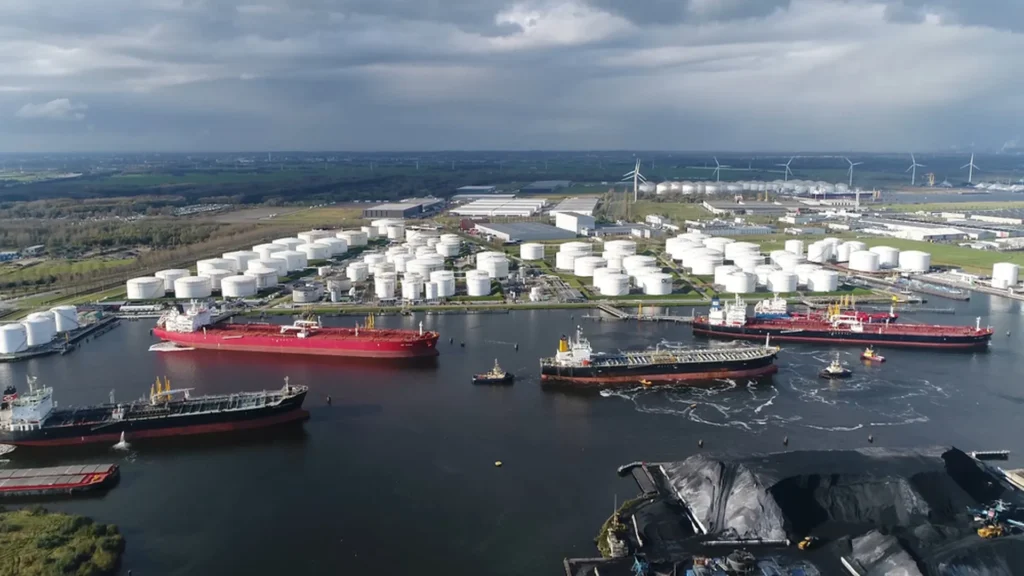
Spill response plans are key to preventing and containing incidents, protecting public health and ecosystems.

Thanks to its technical-administrative approach, industrial engineering acts as a bridge between operation and strategy, driving efficiency, globalization and sustained organizational expansion.
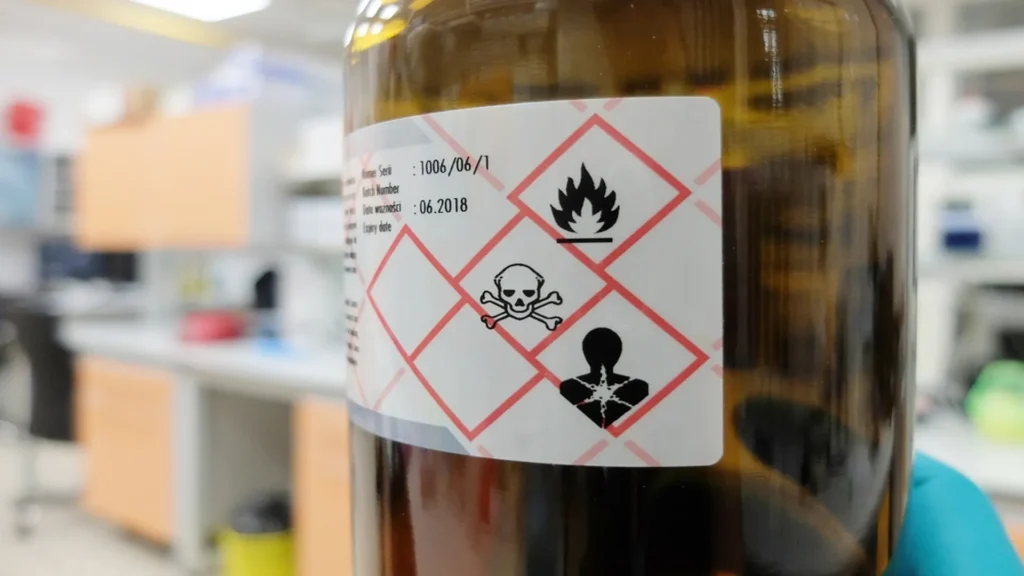
Used in various industries, pyrophoric materials burn spontaneously on contact with air, requiring specialized handling.
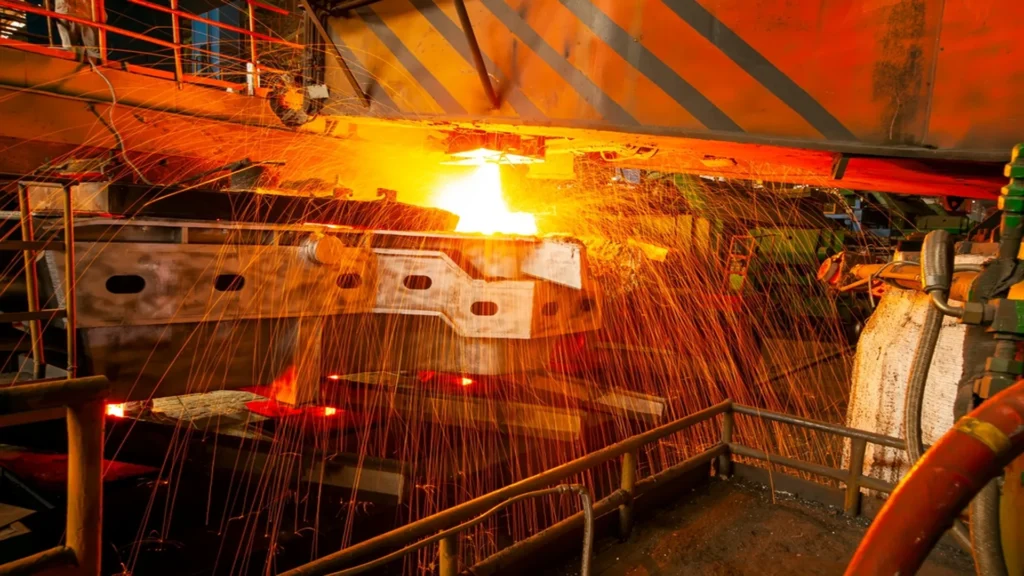
The steel industry produces steel through advanced processes, driving global development in infrastructure, transportation, technological innovation and sustainability.

Product quality drives business growth, optimizing resources and complying with regulations for better sustainability.
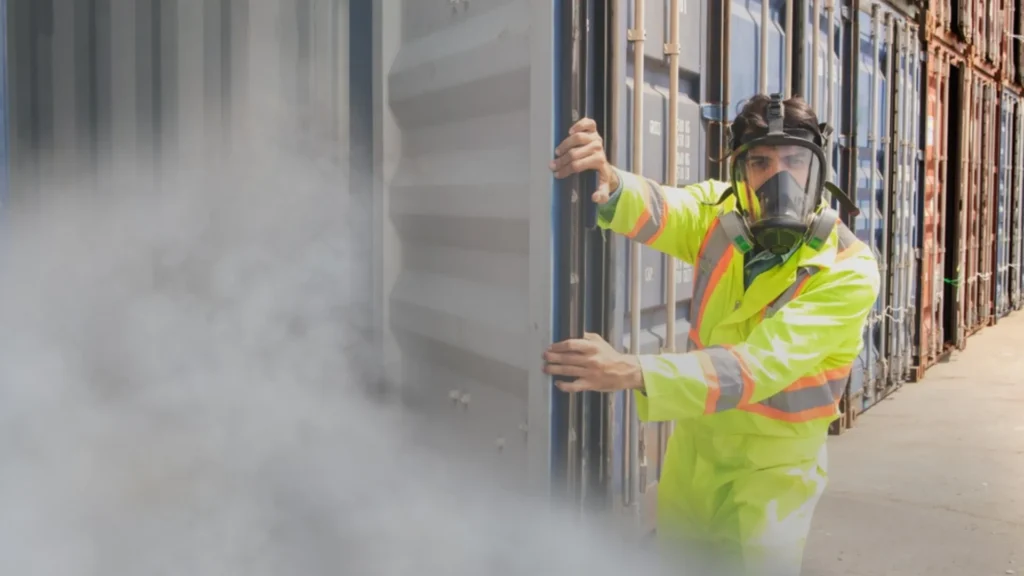
Volatile Organic Compounds (VOCs), derived from carbon and non-metallic elements, are emitted from chemical sources, altering ecosystems and causing damage to public health.
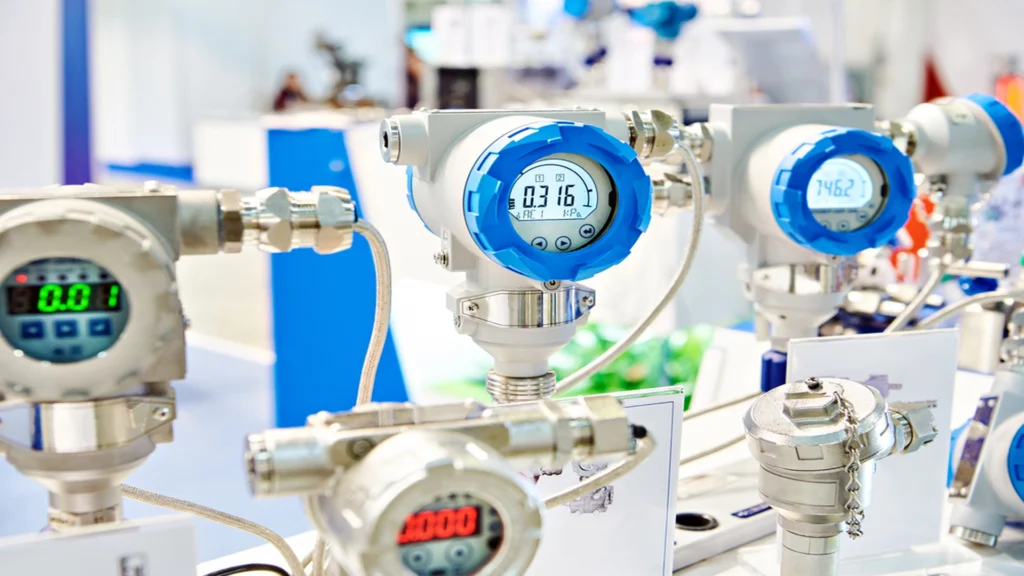
Understanding sensor types is essential to improve efficiency, anticipate problems and ensure safety in automated systems.
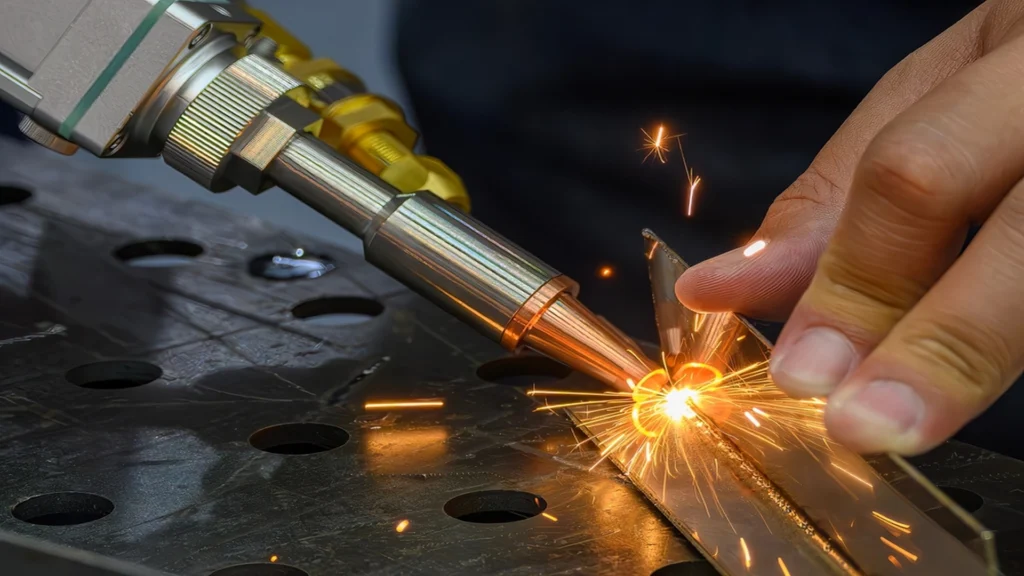
Laser welding allows materials to be bonded together using thermal energy, generating solid and precise joints; explore how it works and its benefits.